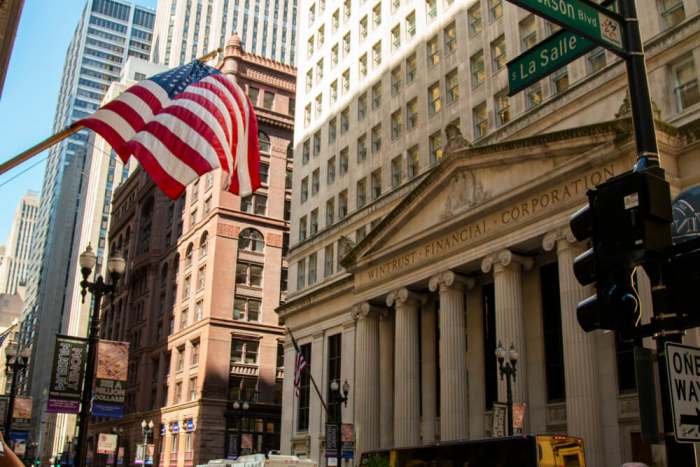
Chicago, like many of the U.S.’s largest cities, is a financial hub as much as anything else. In 1882, when the Chicago stock exchange was first founded, the makeup of trading was a very different one to the exchange seen today. The modernized NYSE Chicago, as it’s now known, is an electronic stock exchange where traders are able to buy and sell shares. It also facilitates institutional brokers who participate on the exchange-traded derivatives community.
On a structural level, the NYSE is specifically designed to minimize complexity and offer more streamlined ordering processes to its thousands of daily customers.
As the NYSE Chicago is an auction market that offers specialists or designated MMs. It differs from another well-known, American trading market like the Nasdaq. The Nasdaq is more like a dealer’s market with lots of ‘market makers’ (MM’s), all trading against each other.
NYSE Chicago is regulated by FINRA (Financial Industry Regulatory Authority) – which is also the largest U.S. arbitration forum, handling thousands of disputes between brokerages, customers, and firms. Managing that high volume of customers also means maintaining a range of processes for the types of traders on the NYSE.
One of these is the ‘pattern day trader’, who is defined by executing four or more day trades within five business days and constitute over 6% of the accounts’ activity within the five days.
These types of traders are flagged by their brokers and must follow further limitations and scrutiny from regulatory bodies. Rules can include PDTs being required to hold $25,000 in their margin accounts – if that balance falls below 25k, their trades are frozen until the balance is restored. The PDT rules can be complex and it’s worth understanding them in full if a Chicago resident is looking to make trading their day job. As such, traders are advised to practise first with a demo account.
It’s no mean feat to go full time with trading. Whether you opt to be a PDT or a more passive trader, understanding how to trade in a way that suits your lifestyle and ambitions is the most important thing. This provides a level and fair playing field that encourages careful trading behavior over excessive buys.
Beyond that The NYSE Chicago is a physically massive and attractive market because of its broad offering – it’s actually the second largest in the U.S. – overseeing an average of over 3,000 stocks traded and a trading volume of $13 million daily.
The benefits of the NYSE Chicago increased significantly in 2016, with CHX SNAP (Sub-second Non-displayed Auction Process), a fully-regulated, on-demand auction product. SNAP facilitates securities trading in bulk on lit markets – those with transparent pre-trades – which reduces inequalities amongst traders in the market, like speed or information. And those kinds of important structures and procedures don’t end there.
As a regulated market, by far the most attractive type of market to institutional and retail investors alike. The regulatory process is another important factor in leveling the playing field.
The foundation is certainly well set for even newcomers to start investing their capital in the stocks you think will perform well. The rest, as they say, is up to you.









